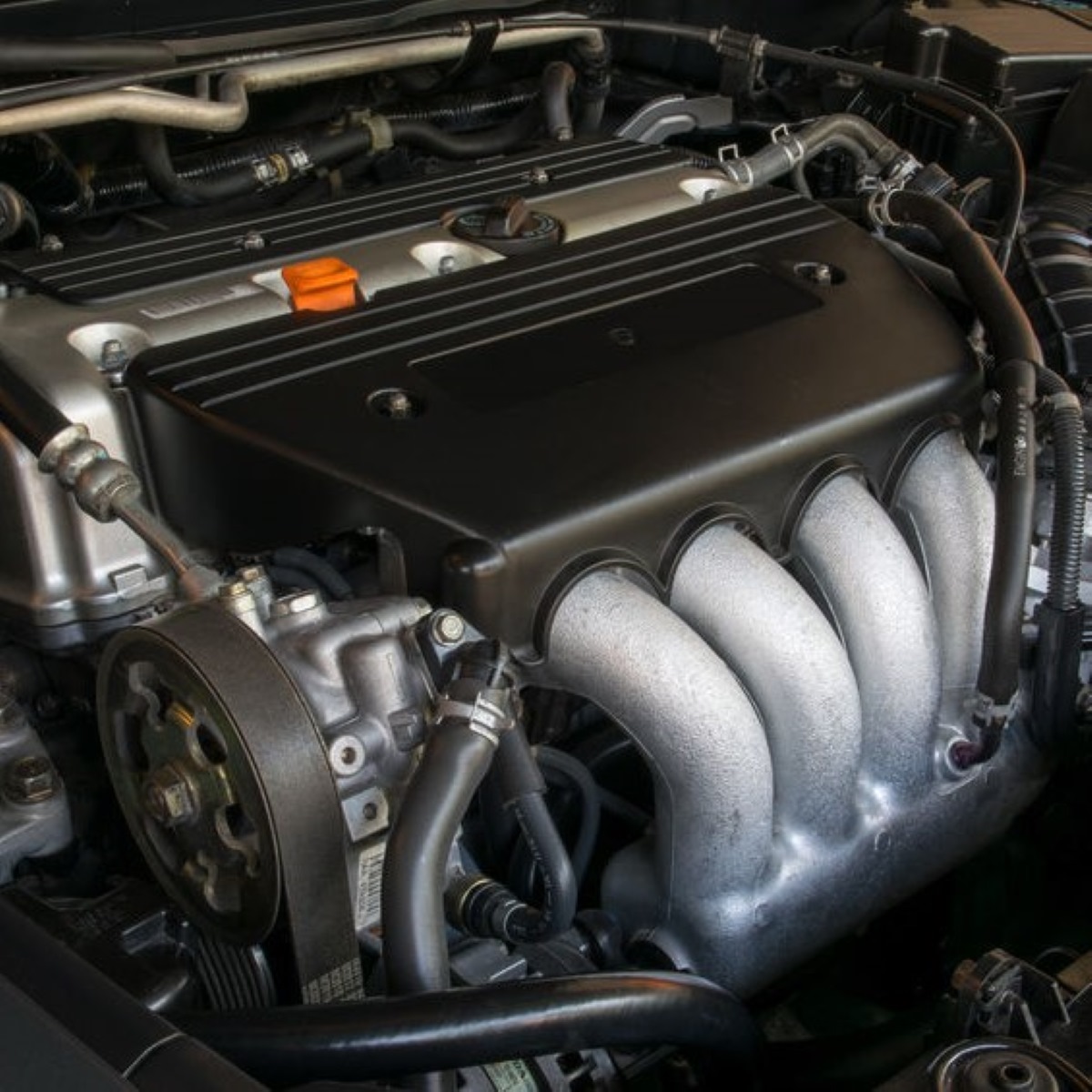

Articles
How Long Can You Drive On A Bad Water Pump
Modified: October 20, 2024
Discover how long you can continue driving with a faulty water pump. Read informative articles and find solutions to common issues.
(Many of the links in this article redirect to a specific reviewed product. Your purchase of these products through affiliate links helps to generate commission for Storables.com, at no extra cost. Learn more)
Introduction
A water pump is an essential component of your vehicle’s cooling system. It circulates coolant through the engine to regulate the temperature and prevent overheating. However, like any mechanical part, water pumps can fail over time due to wear and tear or other issues. When a water pump goes bad, it can have a significant impact on your vehicle’s performance and reliability.
In this article, we will explore the signs of a bad water pump, the potential consequences of driving with a faulty water pump, and factors that may affect how long you can drive with a bad water pump. We will also discuss warning signs that indicate you should stop driving immediately and outline the steps to take if your water pump fails while you are on the road. Lastly, we will provide some preventive measures to help you avoid water pump failure in the first place.
Understanding the importance of maintaining a healthy water pump and knowing how to respond to potential issues can save you from costly repairs and potential breakdowns.
Key Takeaways:
- Ignoring signs of a bad water pump or driving with a failed water pump can lead to severe consequences, including engine overheating, reduced performance, and the risk of engine damage. Prompt attention and preventive measures are crucial for vehicle reliability.
- Factors like the severity of the problem, driving conditions, cooling system capacity, engine load, and driving habits can influence how long you can drive with a bad water pump. However, it is always recommended to stop driving and address the issue promptly to prevent further damage.
Read more: How To Know If A Water Pump Is Bad
Understanding the Water Pump
The water pump is a crucial component of your vehicle’s cooling system. Its primary role is to circulate coolant throughout the engine, ensuring that it stays at an optimal temperature. Located on the front of the engine, the water pump is usually driven by a belt or a pulley connected to the engine’s crankshaft.
The water pump consists of several parts, including the impeller, bearing, and seals. The impeller, which is typically made of metal or plastic, is responsible for moving the coolant through the engine. The bearing supports the rotation of the impeller, while the seals prevent coolant from leaking.
As the engine runs, the water pump constantly operates, pushing coolant through the engine block, cylinder heads, and radiator. This process regulates the engine temperature by dissipating heat and preventing overheating. Without a functioning water pump, the coolant remains stagnant, causing the engine to overheat rapidly and potentially leading to severe damage.
Water pumps can fail due to various reasons, such as normal wear and tear, a faulty seal, a damaged impeller, or a blocked coolant passage. Knowing the signs of a failing water pump can help you address the issue promptly and prevent further damage to your vehicle.
Signs of a Bad Water Pump
Recognizing the signs of a bad water pump is crucial in addressing the issue before it leads to more severe damage to your vehicle’s engine. Here are some common signs that indicate a potential problem with your water pump:
- Overheating engine: One of the most obvious signs of a faulty water pump is an engine that is constantly overheating. If the water pump fails to circulate coolant effectively, the engine will rapidly overheat, causing the temperature gauge to rise and the engine to emit steam or smoke.
- Leaking coolant: A leaking coolant is often an indication of a faulty seal in the water pump. If you notice a puddle of coolant beneath your vehicle or find coolant dripping or spraying from the front of the engine, it’s highly likely that your water pump is compromised.
- Unusual noises: A failing water pump may produce unusual noises, such as a squeaking, whining, or grinding sound. These noises are often caused by a worn-out bearing or damaged impeller and should not be ignored.
- Engine overheating at idle: If your engine starts to overheat when the vehicle is at a standstill, such as when waiting at a traffic light, it could be a sign that your water pump is not circulating coolant effectively. This can indicate a problem with the water pump impeller or a blockage in the cooling system.
- Low coolant levels: If you frequently find yourself having to refill the coolant reservoir, it may be due to a leaking water pump. A faulty seal or a crack in the water pump can cause coolant to leak, resulting in a loss of coolant over time.
- Steam coming from the radiator: If you notice steam coming from the radiator, it could be a sign of a failing water pump. A malfunctioning water pump can cause the coolant to boil and create excessive pressure in the cooling system, leading to steam escaping from the radiator.
If you experience any of these signs, it is important to have your water pump inspected by a qualified mechanic to determine the extent of the problem and avoid further damage to your engine.
The Impact of Driving with a Bad Water Pump
Driving with a bad water pump can have severe consequences for your vehicle’s engine and overall performance. Ignoring or neglecting a faulty water pump can lead to the following issues:
- Engine overheating: A bad water pump can result in inadequate coolant circulation, causing the engine to overheat quickly. Overheating can lead to warped cylinder heads, blown gaskets, and even engine failure.
- Reduced engine performance: When the engine overheats due to a malfunctioning water pump, its performance can be negatively affected. The engine may experience power loss, reduced fuel efficiency, and poor acceleration.
- Coolant leaks: A failing water pump can cause coolant to leak from the engine. Coolant leaks not only lead to coolant loss but can also damage other engine components, such as belts, hoses, and electrical connections.
- Increased risk of engine damage: Continuous operation of a vehicle with a bad water pump can result in severe engine damage. The engine components may warp, leading to expensive repairs or even the need for a complete engine replacement.
- Stranded on the road: If your water pump fails completely while driving, the engine will quickly overheat, leading to a breakdown. This can leave you stranded on the side of the road and require towing to a repair shop.
Driving with a bad water pump is not only risky for your vehicle but also for your safety. It is crucial to address water pump issues promptly to avoid significant damage and potential accidents caused by sudden engine failure.
Remember, the water pump plays a vital role in maintaining your engine’s temperature and overall performance. Regular maintenance and prompt attention to any signs of water pump failure can save you from costly repairs and ensure the longevity of your vehicle.
Factors Affecting How Long You Can Drive with a Bad Water Pump
The length of time you can drive with a bad water pump depends on several factors. While it is not recommended to continue driving with a faulty water pump, these factors can influence how long you may be able to drive before experiencing severe consequences:
- The severity of the problem: The extent of the water pump issue can affect how long you can drive with a bad water pump. A minor leak or a slight decrease in coolant flow may allow you to drive for a short period, but a complete failure of the water pump will likely lead to immediate engine overheating.
- Driving conditions: The conditions in which you drive can impact the longevity of the water pump. For instance, if you frequently drive in stop-and-go traffic or excessive heat, the engine will be under more stress, increasing the likelihood of rapid overheating and further damage.
- Cooling system capacity: The overall condition and capacity of your vehicle’s cooling system can influence how long you can drive with a bad water pump. If the cooling system is well-maintained and has sufficient coolant, it may take longer for the engine to overheat compared to a system that is already compromised.
- Engine load: The amount of load placed on the engine can affect how quickly it overheats. If you regularly drive with a heavy load or tow heavy trailers, the engine will work harder, generating more heat. This extra strain can exacerbate the effects of a bad water pump.
- Driving habits: Your driving habits can also play a role in how long you can drive with a faulty water pump. Aggressive driving, such as rapid acceleration and high-speed driving, can put more stress on the engine and cooling system, potentially leading to faster overheating and damage.
It is important to note that driving with a bad water pump is a risky proposition. While these factors can influence the timeframe before severe consequences occur, it is generally recommended to stop driving and have the water pump repaired or replaced as soon as possible. Continuing to drive with a failing water pump can lead to extensive engine damage and costly repairs.
When you encounter signs of a bad water pump, it is advisable to consult a qualified mechanic who can assess the situation and provide the appropriate course of action.
If your water pump is failing, it’s best to get it replaced as soon as possible. Continuing to drive with a bad water pump can lead to overheating and serious engine damage.
Warning Signs to Stop Driving
When dealing with a bad water pump, there are certain warning signs that indicate you should immediately stop driving to prevent further damage to your vehicle. If you experience any of these signs, it is crucial to pull over safely and address the issue:
- Engine overheating: If your temperature gauge is in the red zone or you notice steam or smoke coming from the engine bay, it is a clear indication of severe overheating. Continuing to drive in this condition can lead to catastrophic engine failure.
- Loss of power: If your engine is not performing as it should, experiencing a sudden loss of power, or running rough, it could be a sign of significant engine damage. Continuing to drive in this condition can worsen the problem.
- Loud noises: Unusual and loud noises coming from the engine, such as grinding, squealing, or knocking sounds, are indicators of a serious issue. Ignoring these noises and continuing to drive can cause further damage to the engine’s internal components.
- Steam or smoke coming from the engine: If you notice steam or smoke coming from the engine bay, it is a sign of a critical problem. This could be due to coolant leaking onto hot engine parts or engine oil mixing with the coolant. Both situations require immediate attention.
- Dashboard warning lights: If warning lights such as the check engine light or the temperature warning light illuminate on your dashboard, it is an indication of a problem that needs to be addressed. Continued driving can worsen the issue and potentially cause extensive damage.
- Visible coolant leaks: If you observe a significant coolant leak under the vehicle or see coolant spraying or dripping from the engine, it is a clear sign that the water pump is not functioning properly. Driving with a significant coolant leak can lead to rapid engine overheating.
If you encounter any of these warning signs, it is essential to prioritize your safety and the health of your vehicle. Pull over to a safe location as soon as possible, turn off the engine, and contact a professional mechanic for advice or assistance.
Attempting to drive further without addressing the issue can cause severe damage to your engine, leading to costly repairs or the need for a complete engine replacement.
Steps to Take if Your Water Pump Fails While Driving
Experiencing a water pump failure while driving can be a stressful situation, but it is essential to take immediate action to prevent further damage. Here are the steps to follow if your water pump fails while you are on the road:
- Safely pull over: As soon as you notice signs of a water pump failure, such as engine overheating or coolant leaks, safely pull over to the side of the road. Choose a safe location away from traffic to avoid any accidents.
- Turn off the engine: Once you have come to a stop, turn off the engine. This will allow the engine to cool down and prevent further overheating. Keep in mind that driving with a failed water pump can lead to severe engine damage.
- Do not attempt to open the radiator: Opening the radiator cap while the engine is hot can result in boiling coolant spraying out and causing severe burns. It is crucial to wait for the engine to cool down before attempting to check the coolant levels.
- Contact roadside assistance: If you are unable to fix the problem yourself or continue driving, contact roadside assistance or a towing service to have your vehicle safely transported to a mechanic for repair. Driving further with a failed water pump can cause extensive damage to the engine.
- Do not add cold water to the radiator: Avoid adding cold water to the radiator immediately after the engine overheats. This sudden temperature change can cause the engine block to crack. Instead, wait for the engine to cool down before adding coolant or water if needed.
- Consult a professional mechanic: Once your vehicle is safely at a repair shop, consult a professional mechanic to assess the extent of the water pump failure and determine the necessary repairs. They will be able to provide expert advice and carry out the repairs to get your vehicle back on the road.
Remember, driving with a failed water pump increases the risk of severe engine damage and breakdowns. Prioritize your safety and the health of your vehicle by taking immediate action and seeking professional assistance when needed.
Preventive Measures to Avoid Water Pump Failure
While water pump failures can occur unexpectedly, there are several preventive measures you can take to reduce the likelihood of encountering this issue. By practicing proper maintenance and care, you can extend the lifespan of your water pump and avoid potential failures. Here are some preventive measures to help you avoid water pump failure:
- Follow the manufacturer’s maintenance schedule: Adhere to the recommended maintenance schedule provided by your vehicle’s manufacturer. This includes regular inspections and servicing of the cooling system, which may involve checking the condition of the water pump and replacing the coolant as necessary.
- Use the correct coolant: Ensure that you are using the correct coolant type and maintaining the proper coolant-to-water ratio as specified by the manufacturer. Using the wrong coolant or diluting the mixture incorrectly can lead to corrosion and damage to the water pump and cooling system components.
- Check for coolant leaks: Regularly inspect the engine bay and the ground beneath your vehicle for any signs of coolant leaks. If you notice a coolant leak or any fluid loss, have it addressed promptly to prevent damage to the water pump and other engine components.
- Inspect the drive belt or serpentine belt: The drive belt or serpentine belt is responsible for driving the water pump. Regularly inspect the belt for signs of wear, cracking, or glazing. If it appears worn or damaged, have it replaced to ensure proper functioning of the water pump.
- Replace the water pump at recommended intervals: Depending on the manufacturer’s guidelines, consider replacing the water pump at the recommended interval. With time, the internal components of the water pump can wear out, causing reduced efficiency and increasing the risk of failure.
- Avoid overheating the engine: Prevent excessive engine overheating by ensuring the cooling system is functioning properly. Regularly check the coolant levels, thermostat, radiator, and radiator fan to ensure proper cooling and prevent unnecessary stress on the water pump.
- Address other cooling system issues promptly: If you notice any other issues with the cooling system, such as a malfunctioning thermostat or a blocked radiator, have them addressed promptly. These issues can put additional strain on the water pump and decrease its effectiveness.
- Be mindful of driving conditions: When driving in extreme temperatures or in stop-and-go traffic, be mindful of the additional stress placed on the engine and cooling system. Take breaks as needed to allow the engine to cool down and prevent overheating.
Following these preventive measures and staying vigilant about the condition of your vehicle’s cooling system can go a long way in preventing water pump failures and ensuring the longevity of your engine. Regular maintenance and addressing any issues promptly will help you avoid costly repairs and keep your vehicle running smoothly.
Conclusion
A properly functioning water pump is essential for the health and performance of your vehicle’s engine. Ignoring signs of a bad water pump or driving with a failed water pump can lead to severe consequences, including engine overheating, reduced performance, and costly repairs.
In this article, we discussed the importance of understanding the water pump and its role in the cooling system. We explored the signs of a bad water pump, including engine overheating, coolant leaks, unusual noises, and low coolant levels. We also highlighted the impact of driving with a bad water pump, such as engine overheating, reduced performance, and the risk of engine damage.
Factors like the severity of the problem, driving conditions, cooling system capacity, engine load, and driving habits can influence how long you can drive with a bad water pump. However, it is always recommended to stop driving and address the issue promptly to prevent further damage.
We discussed warning signs that indicate you should immediately stop driving, such as engine overheating, loss of power, loud noises, steam or smoke coming from the engine, dashboard warning lights, and visible coolant leaks. It is crucial to prioritize your safety and the health of your vehicle by pulling over and seeking professional assistance when encountering these signs.
To avoid water pump failure, we provided preventive measures, including following the manufacturer’s maintenance schedule, using the correct coolant, checking for coolant leaks, inspecting the drive belt or serpentine belt, replacing the water pump at recommended intervals, avoiding engine overheating, addressing other cooling system issues promptly, and being mindful of driving conditions.
By practicing proper maintenance and care, you can extend the lifespan of your water pump and mitigate the risk of failure. Regular inspections, prompt repairs, and following the manufacturer’s guidelines will help ensure the reliability and longevity of your vehicle’s cooling system.
Remember, the water pump is not something to be overlooked. Stay vigilant, listen to your vehicle, and address any signs of a bad water pump promptly. By doing so, you can keep your engine cool, avoid unexpected breakdowns, and enjoy a smooth and worry-free driving experience.
Frequently Asked Questions about How Long Can You Drive On A Bad Water Pump
Was this page helpful?
At Storables.com, we guarantee accurate and reliable information. Our content, validated by Expert Board Contributors, is crafted following stringent Editorial Policies. We're committed to providing you with well-researched, expert-backed insights for all your informational needs.
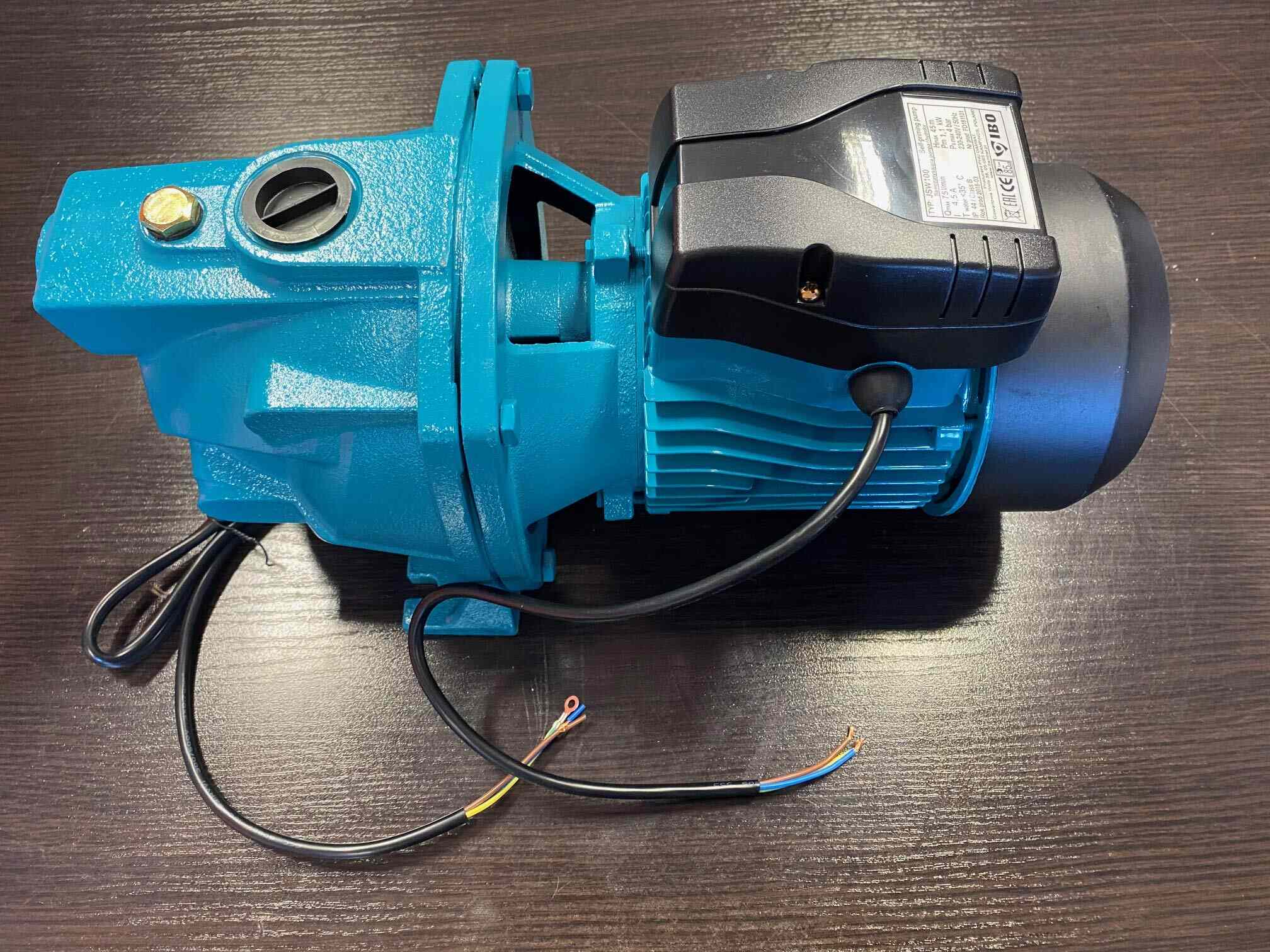

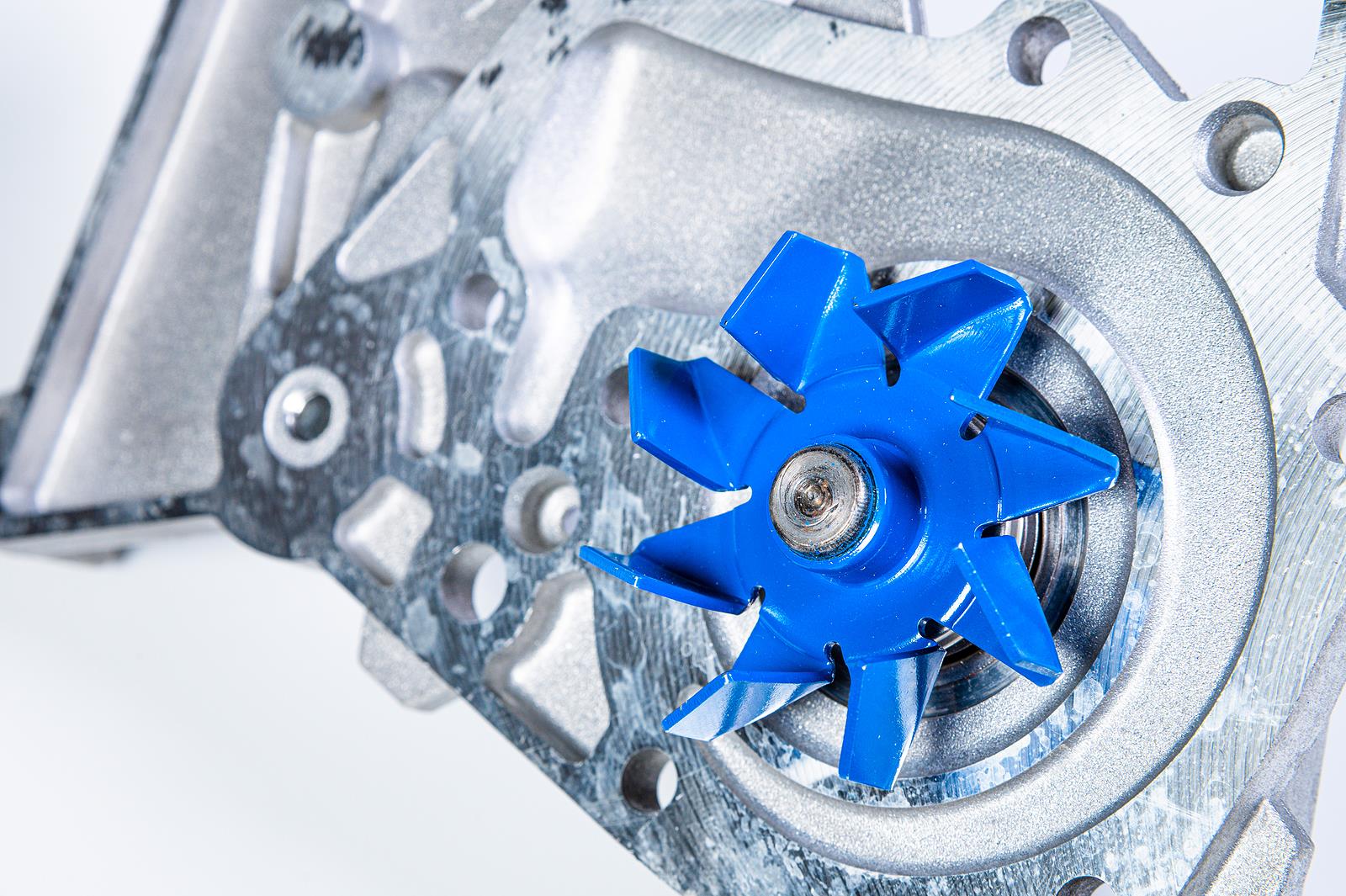
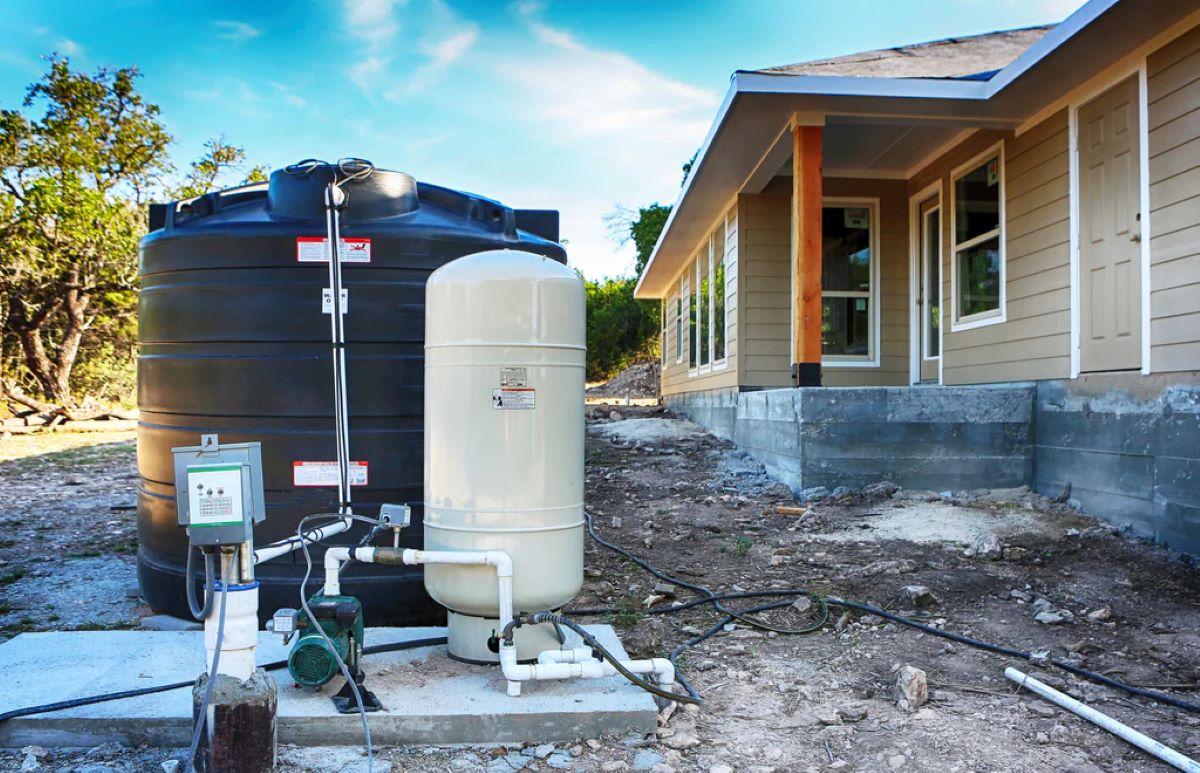
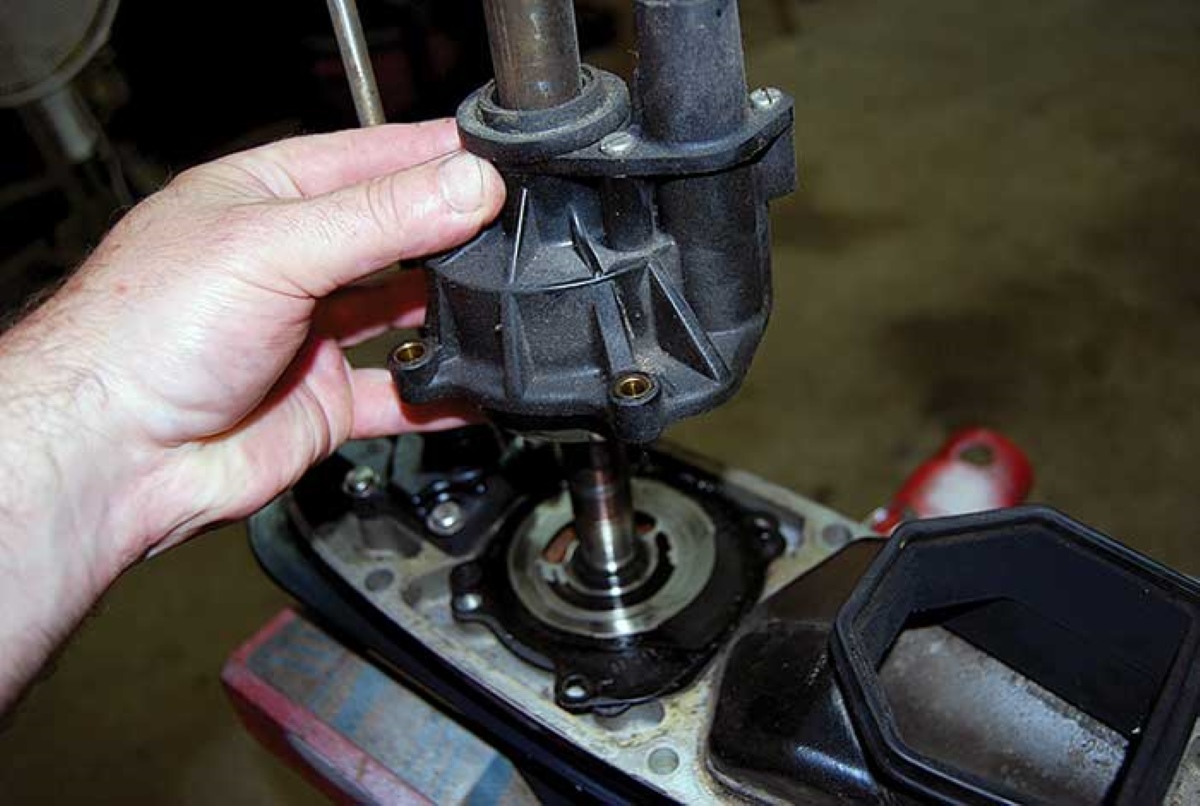
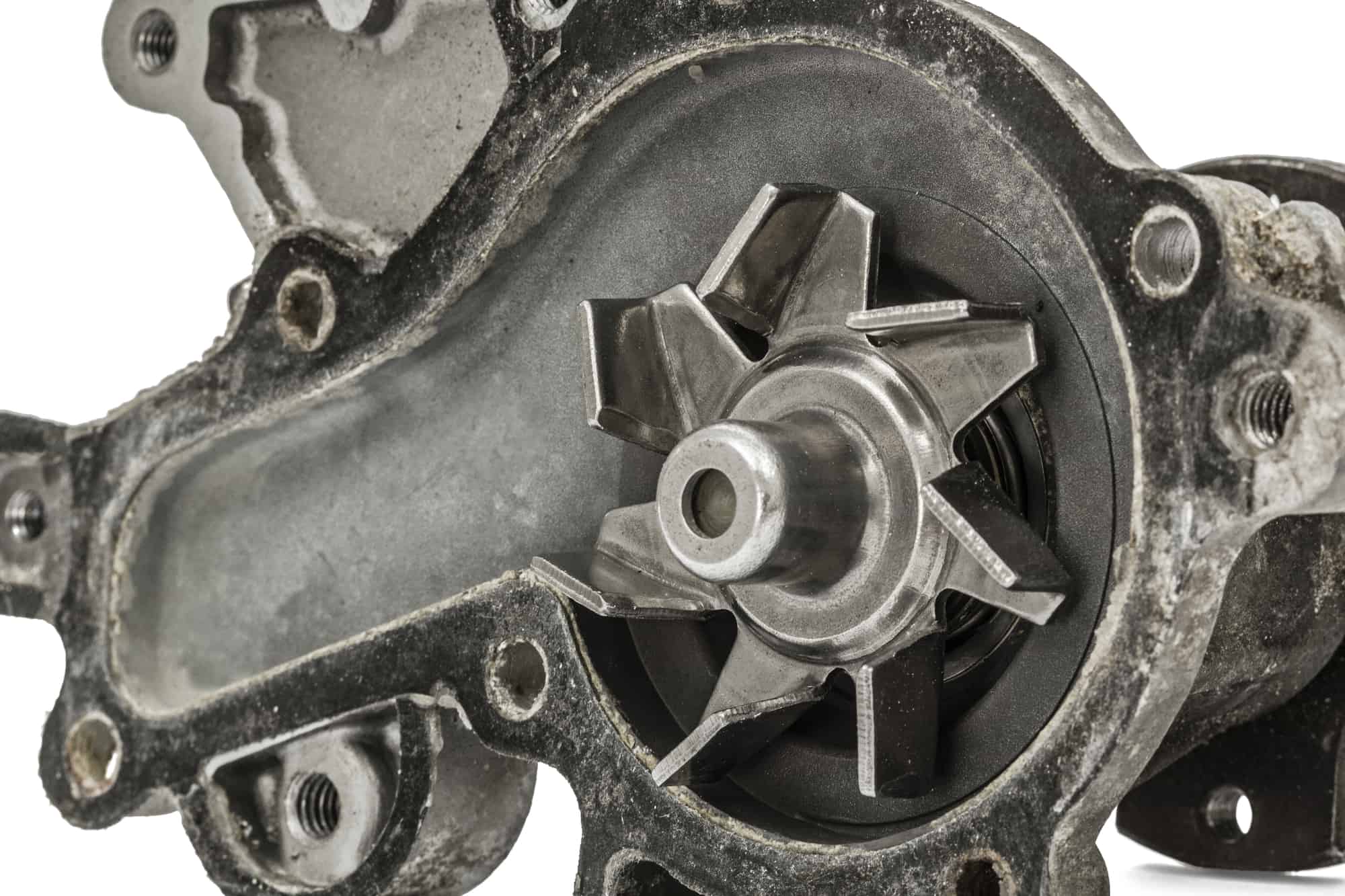
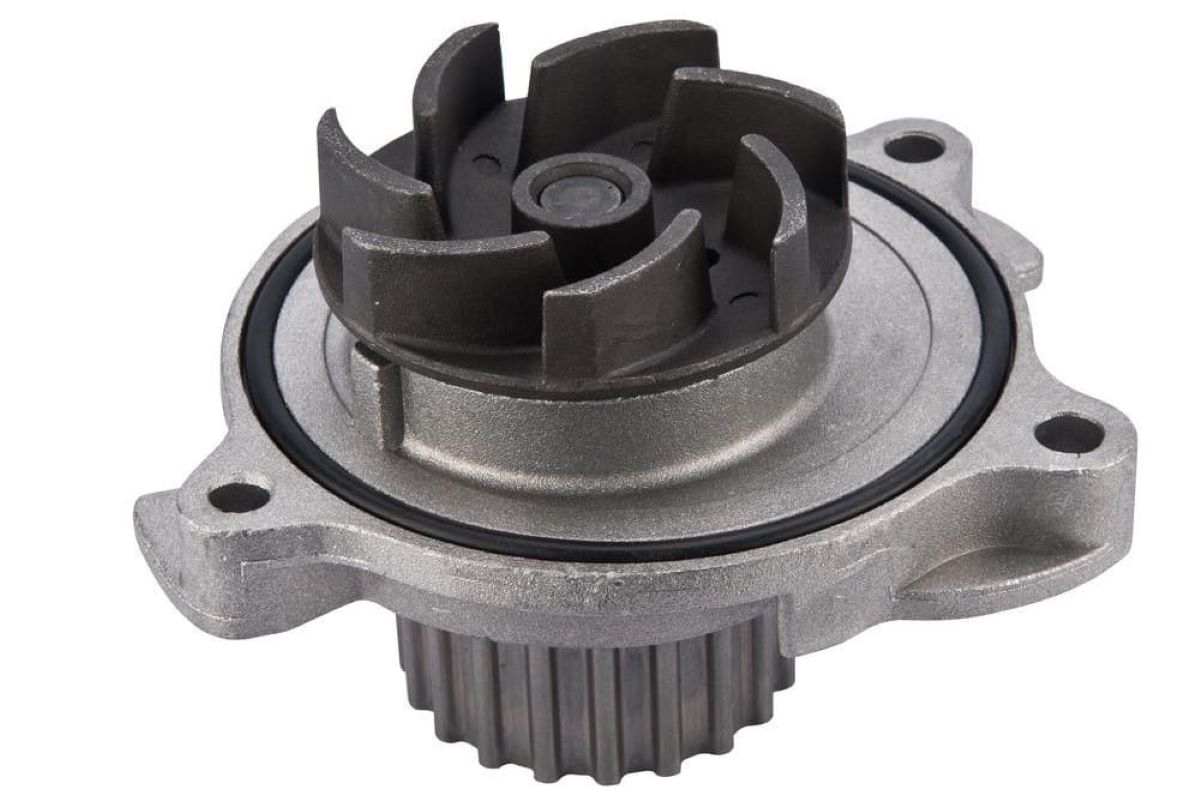
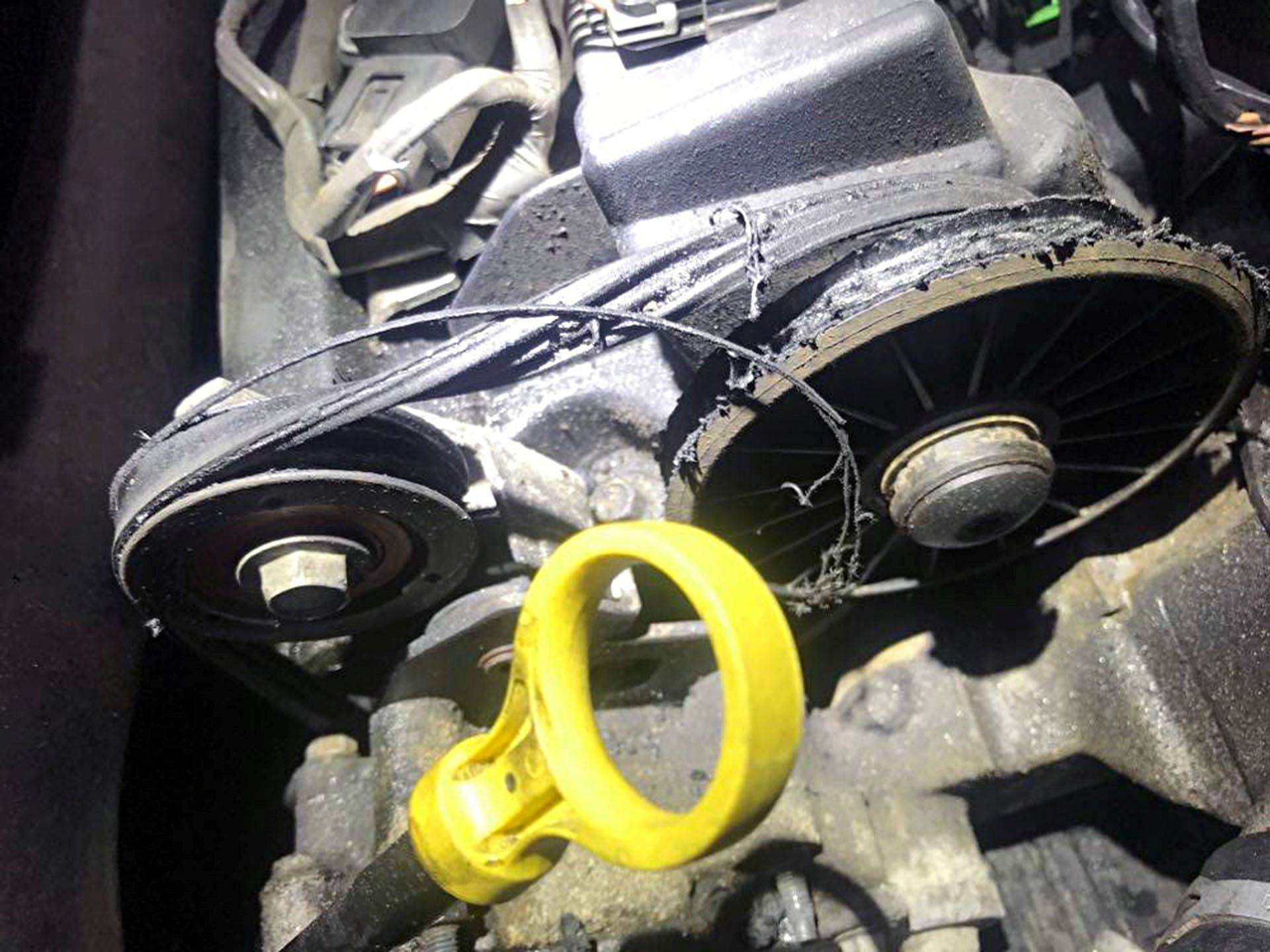

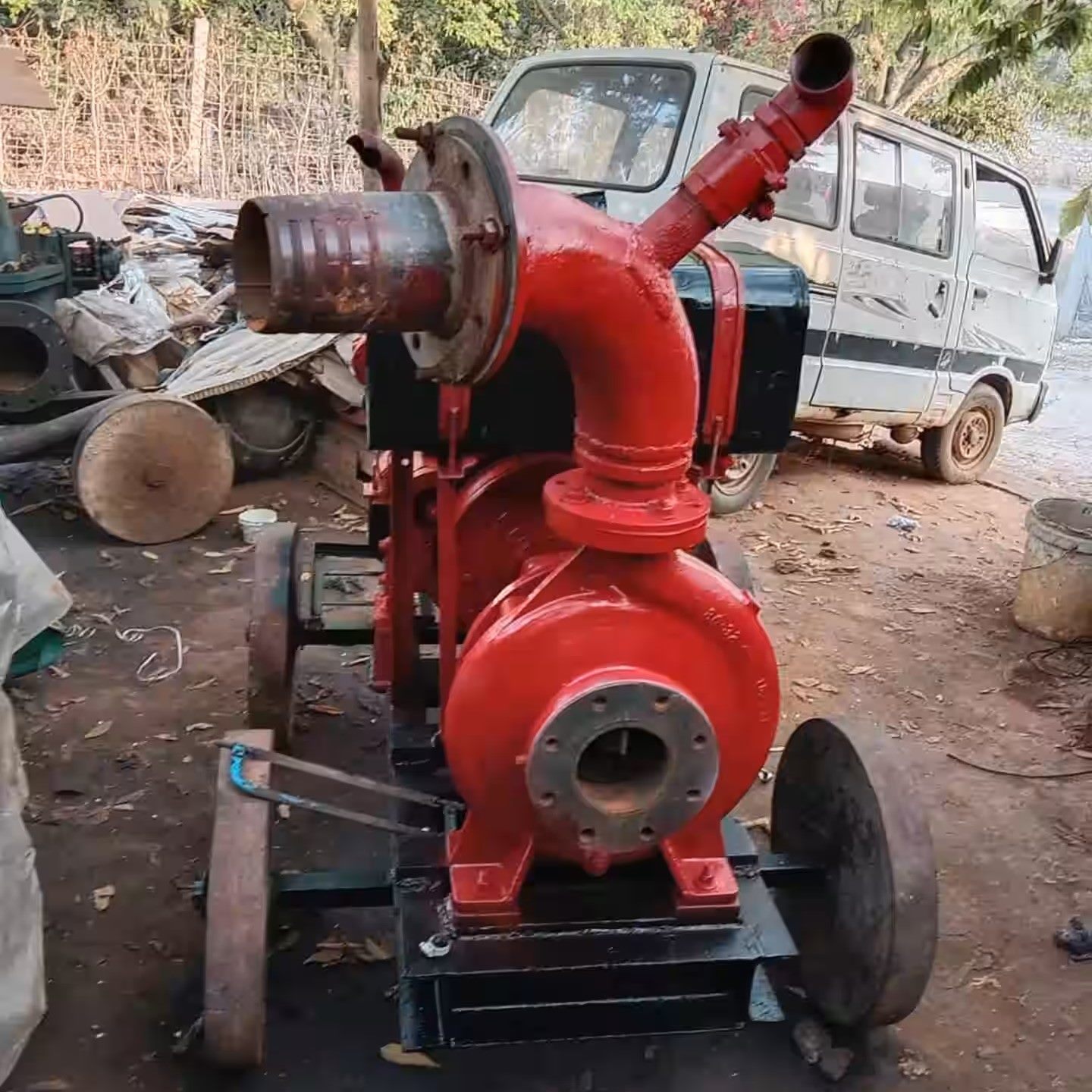
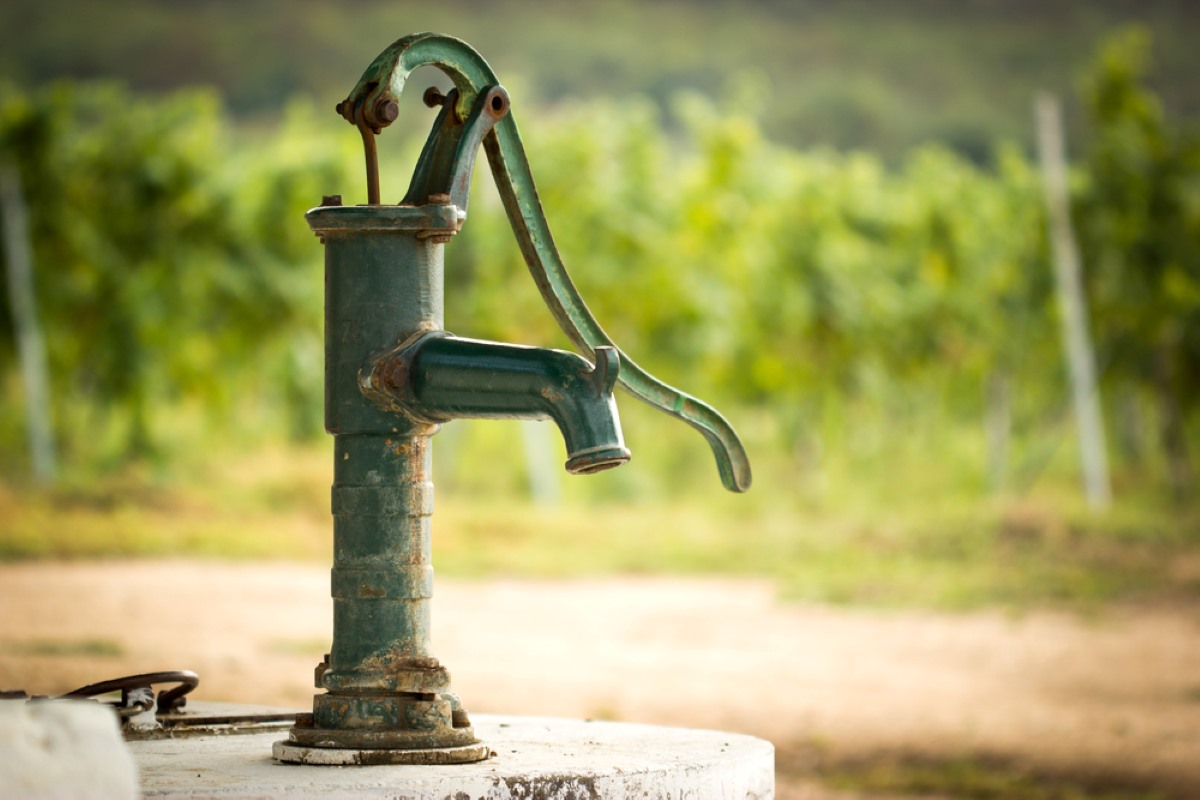
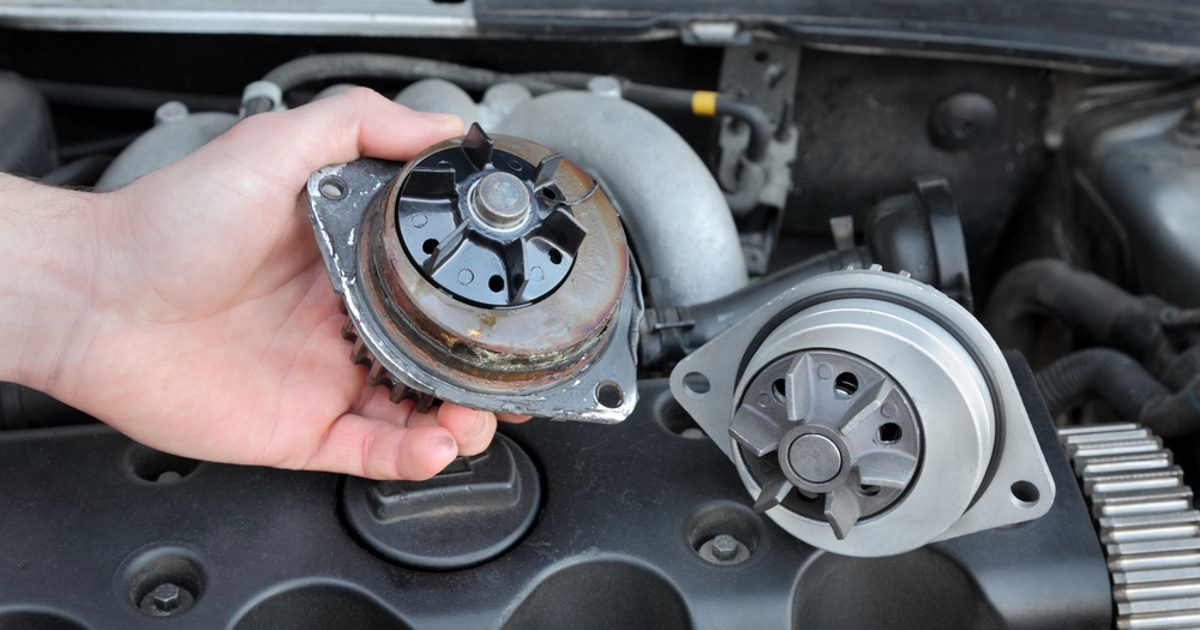



0 thoughts on “How Long Can You Drive On A Bad Water Pump”